DDR3 Memory Performance Analysis on Intel X79
A Look At Channel Scaling From Single to Quad
SiSoftware Sandra 2012
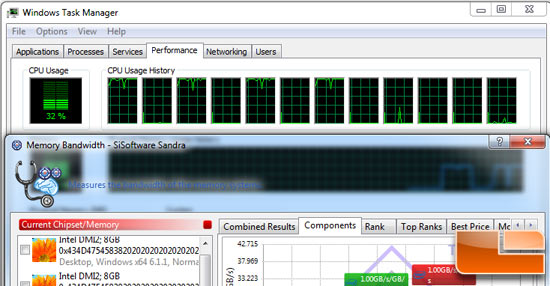
The Sisoft Sandra 2012 benchmark utility just came and we have started to include it in our benchmarking. Sandra 2011 comes with
support for Virtualisation (Virtual PC/Server, Hyper-V, VMware) and
GPGPU (OpenCL, DirectX 11 DirectCompute), but today we will be using the
program to look at memory bandwidth performance!
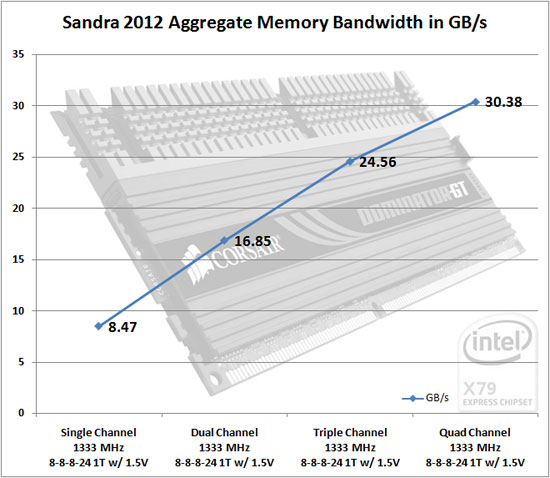
Results: We started out running a single module at 1333MHz and then another module at a time to test dual channel, triple channel and finally quad channel. The Intel X79 chipet on the Intel SX79SI motherboard was able to properly run each memory configuration. The benchmark results in Sandra 2012 were very impressive in the sense that the benchmark results were nearly linear when moving from single channel to triple channel memory. Adding the fourth module for quad channel performance showed nice memory bandwidth gains, but you can see the gain isn’t as dramatic or linear as the others. Starting out at 8.5GB/s in single channel mode and then ending at 30.4 GB/s in quad channel was fun to see.
x264 HD Encoding
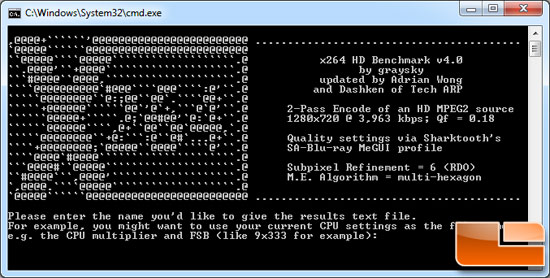
Simply put, the x264 HD Benchmark is a reproducible measure of how fast your machine can encode a short HD-quality video clip into a high quality x264 video
file. It’s nice because everyone running it will use the same video clip
and software. The video encoder (x264.exe) reports a fairly accurate
internal benchmark (in frames per second) for each pass of the video
encode and it also uses multi-core processors very efficiently. All
these factors make this an ideal benchmark to compare different
processors and systems to each other. We are using x264 HD v4.0 for this test.
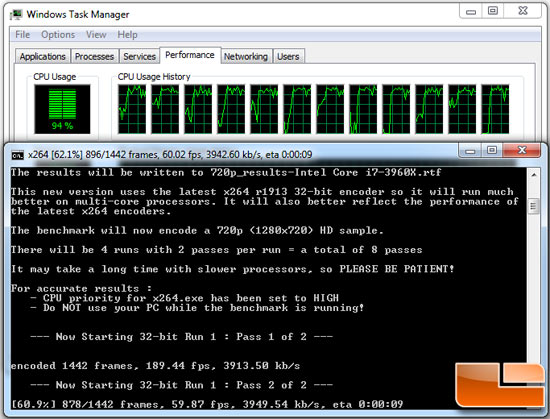
This application did fairly well when run on 12 threads, as you can
see from the screen shot above. The first pass was not using all of the
processing power available on the cores, but on the second pass all 12
threads were at ~95% load.
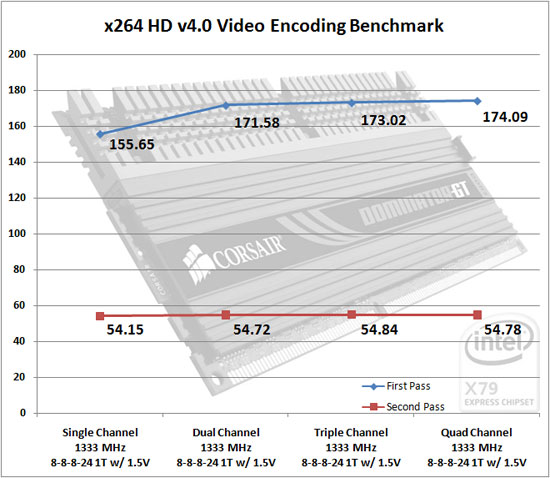
Results: We ran the x264 HD version 4.0 benchmark next to take a peak at how the memory channels impacts the encoding speed on this test. We found that it does slightly impact the performance on the first pass, but on the second pass we couldn’t find a significant difference. The most noticeable difference on the first pass was moving from single channel to dual channel as we noted a 15.93 FPS or 10% improvement in performance.
3DMark 11

3DMark 11 is the latest version of the worlds most popular benchmark
for measuring the 3D graphics performance of gaming PCs. 3DMark 11 uses
a native DirectX 11 engine designed to make extensive use of all the
new features in DirectX 11, including tessellation, compute shaders and
multi-threading.
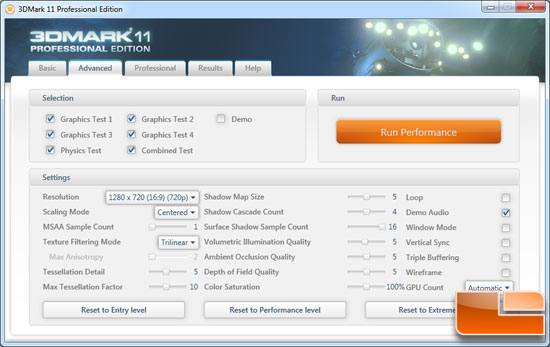
We ran Futuremark 3DMark11 with the default performance presets to see how our hardware will run.
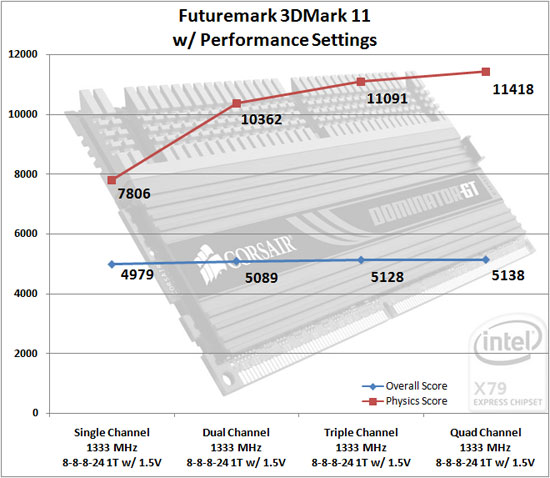
Results: The overall 3DMark score increased as the numbers of channels increased, but not by as much as we thought it would. The overall score is heavily weighted on the GPU performance, so we also included the test results from the Physics test as that is a better look at CPU performance. The Physics test does a much better job at showing differences due to the memory changes we were making.

Comments are closed.